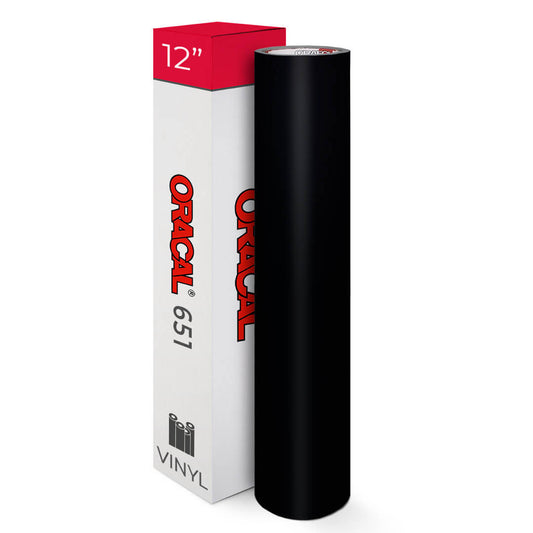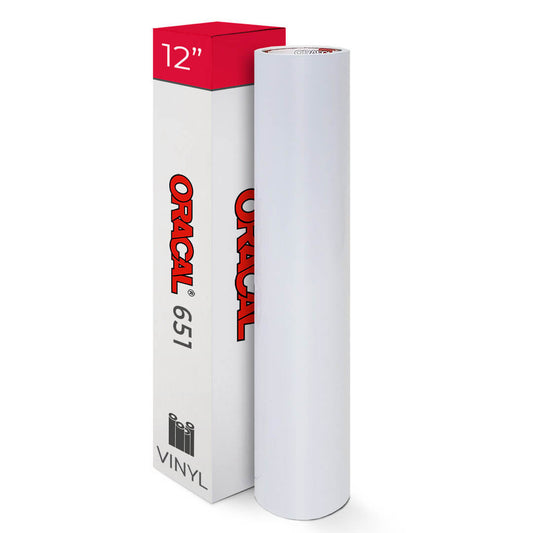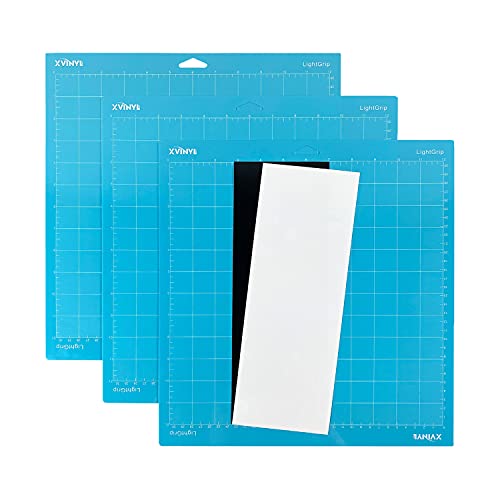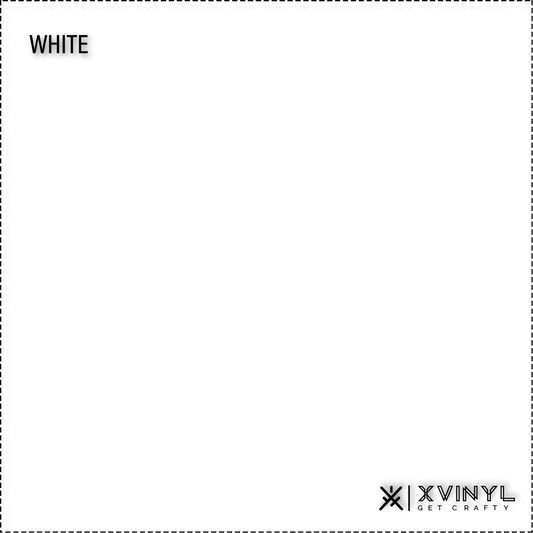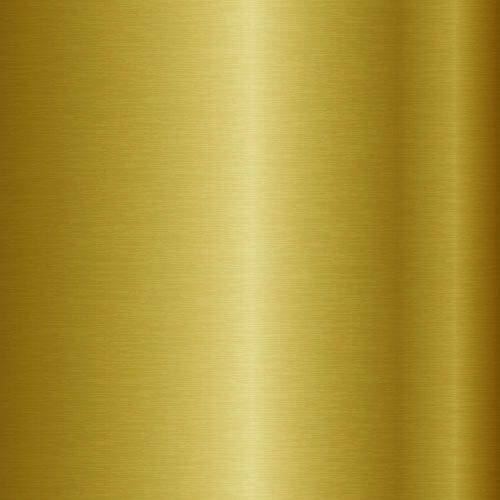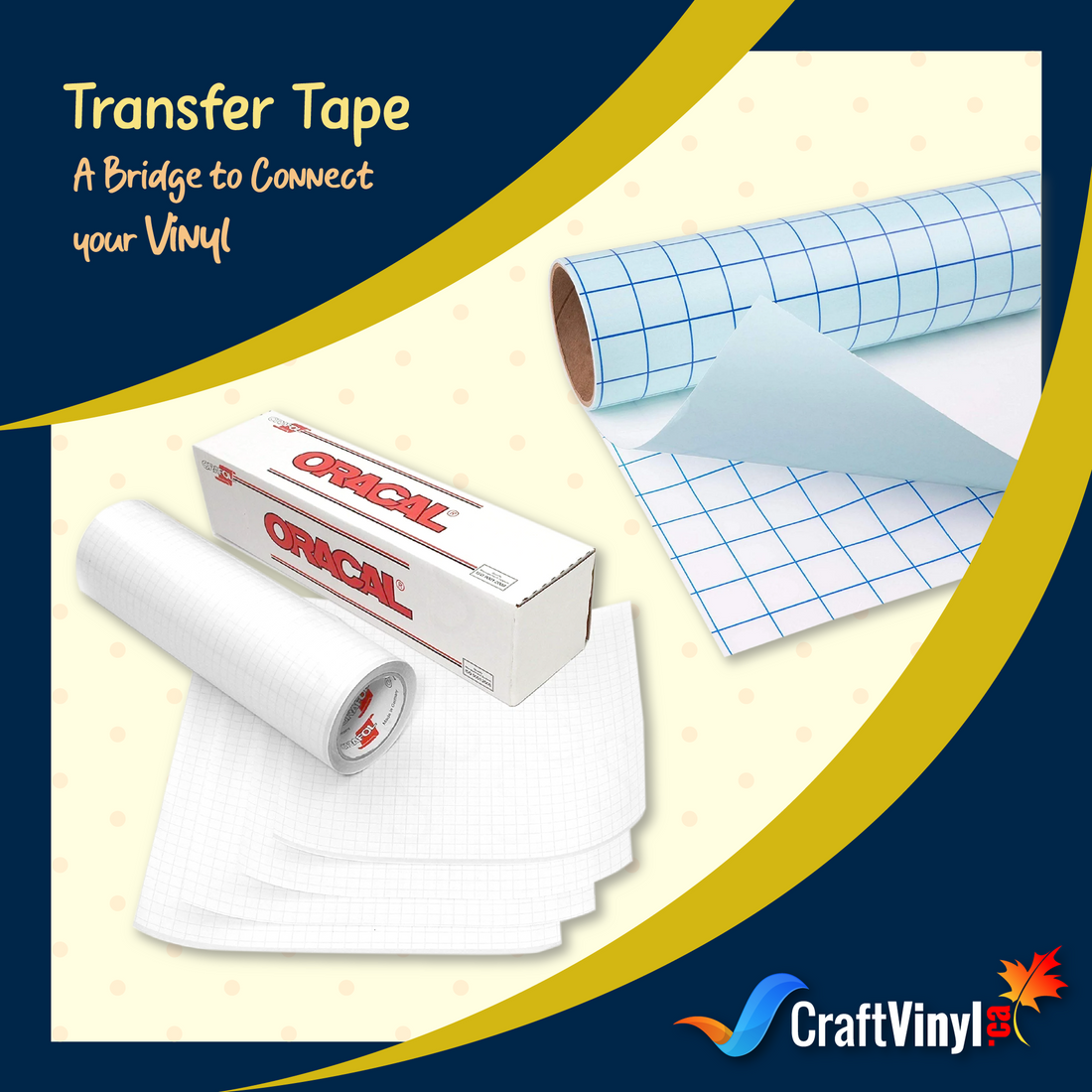Crafting with vinyl is incredible, especially for those who love customized and D.I.Y. (Do It Yourself) designs.
After making your graphic decal, it is ready to be installed on a substrate or the undecorated space for your vinyl. But how?
When your vinyl is cut and weeded (removal of excess vinyl) and the project should be left on the backing, how will you transfer it to its final destination or the substrate?
You will need a bridge to connect your graphics to their substrate, and that bridge will be the Transfer Tape.
What is Transfer Tape for vinyl used for? Do I need it?
Transfer Tape or Application Tape, also known as “pre-mask tape,” is the key for your vinyl to reach its final destination. It is a staple of digital graphics. Its purpose is to move your vinyl decals to your project surface quickly and perfectly.
Transfer Tape is only used for adhesive craft vinyl, while Heat transfer vinyl or HTV has a transparent carrier sheet attached to the vinyl that is used instead.
Now, do you need transfer tape for vinyl?
It’s a Big Yes! Absolutely, you need a transfer tape for your vinyl to be applied smoothly and quickly.
It is also possible to transfer vinyl from its backing to another location without transfer tape, but if there are any spaces or intricate details, it won’t be easy.
Worry no more because the bridge to connect your vinyl to the substrate is here.
There are two types of Transfer Tape; Paper Tape and Clear, Transparent Plastic Tape.
What are you going to use? Here’s a quick comparison for you to choose from.
Paper Tape
The Paper tape is composed of a paper-based face film coated with adhesive from the name itself. It’s essentially industrial-strength masking tape. It is translucent but not transparent. This tape tends to be softer and more flexible than clear tape.
It is not as helpful in building multi-colored vinyl graphics that require precise registration of one layer upon another because of its paper face film. Also, it can be hard to see exactly where the vinyl will end up, even for single-color graphics.
The more transparent, the better presentation quality will achieve. That is why people often choose clear tape.
Clear Tape
Instead of paper, Clear tapes are made from plastic face films that make them so transparent. And because of that transparency, it can give the pre-masked image more appeal due to its visible underlying vinyl design. This clarity of the vinyl is why Craft enthusiasts, specifically the sign makers find the installation easier. They can see exactly where the letters will be concerning the substrate or other design elements.
Unlike paper tape, clear tapes made for vinyl graphics cannot be used for heat press T-shirt transfers. The plastic face film tends to melt at a specific temperature required for successful thermal transfers. Instead, weuse unique products of clear, heat-resistant tapes for T-shirt transfers.
What can I use instead of Transfer Tape for vinyl?
If there is no transfer tape available and you need to finish your project right away,
here are some materials you can use as an alternative. But just a reminder, you should be more careful, or else the vinyl might broke.
1. Painter’s Tape
2. Masking Tape
3. Adhesive Liner
4. Contact Paper
5. Frog Tape
Procedure:
A. Make sure that the substrate is clean.
B. Strip tape horizontally all over your decal.
C. Remove the backing slowly.
D. Put the decal on the project surface, ensuring its final position.
E. Press the center of the decals down to the surface carefully.
F. Use a squeegee, credit card, or any application tool to eliminate bubbles underneath by slowly moving it from the center outward on both sides.
Some of these will work in a pinch if you run out of transfer tape. But, you will not be able to see through your designs because they are not transparent, making it hard for you to lay them out on the project surface.
You can try it best if you already have one of the materials mentioned above because if not, I think it will be more expensive than buying a vinyl transfer tape.
Now, if you have one of these materials but not enough to cover your decal, let me share this hand technique.
Materials:
1. Tape (any kind of tape available)
2. Squeegee or credit card (application tool)
Procedure:
A. Using a damp cloth, clean residue or dust particles.
B. Unroll the decal and lay it on a flat hard surface.
C. With a squeegee or a credit card, wipe out any wrinkles on both sides of the decals.
D. Position the decal on the surface. Make sure it is in the desired position.
E. Put short strips of tape on every side of the decal.
F. Use one long strip of tape and place it down the middle of the decal to create a hinge.
G. Detach one side of the decal by folding the decal over the center line and carefully peel the backing paper.
H. Cut the backing paper. Take your time, and do not rush the process.
I. Using the squeegee or the credit card, push the decal against the surface in a sweeping motion moving from the center outward to avoid bubbles.
J. Remove the hinge tape on the center and repeat the same process with the other side.
You must consider tye weather in the process. The temperature must be 60 to 80 degrees; vinyl might not apply well in extreme weather conditions, especially on exterior walls such as the garage or tool shed. If the surface is too cold, vinyl will not stick well. If the surface is too hot, the decal may be too sticky, making it difficult to transfer.
Discover More Great Articles On Crafting
Learn more Vinyl tips and tricks,please click the links below:
What is the difference between Transfer Tape and Vinyl?
For the newbies in the crafting world with vinyl, Vinyl is a decal used for making signs in t-shirt printing, cars, windows, walls, frames, and other materials that need graphic design. It is a synthetic resin or plastic consisting of polyvinyl chloride.
The transfer material that sticks to the front side of the vinyl to lift it off the backing is the Transfer Tape, bridging the vinyl to where you want it to be applied. It is non-gridded and made with paper or plastic material. It makes using the vinyl relatively easy.
Why is my transfer tape not sticking?
When you are full of excitement and cannot wait to see your project as planned, but the transfer tape you are using is not sticking into the vinyl, O.M.G.!!! That really hurts.
There are a few reasons your transfer tape is not sticking to your vinyl. Check it out.
1. The vinyl is too old.
2. Poor quality or low tack transfer tape. As the tape ages, it loses its tack, especially when not stored properly.
3. Too much pressure or thickness is applied when cutting the vinyl. Forcing the edge of the vinyl down into its backing
4. Glitter vinyl. It seems to have more problems being picked up than regular vinyl.
How do you apply transfer tape without bubbles?
Fitting vinyl without bubbles or creases is sometimes a problem for some of us. Inappropriately sticking your decals will for sure produce unwanted results.
Step-by-step procedure for using transfer tape without bubbles:
1. Clean
Make your project surface clean, and remove any dust or dirt.
An essential step in ensuring a bubble-free application is preparation.
2. Add Soapy Water
Wet the surface with soapy water (a few drops of any washing liquid in clean water) using a sponge or lint-free cloth.
It sounds weird, but yes, you read it right. Trust it. It works, and it is a common way practiced by professional sign fitters.
Add a little to the sticky side of the vinyl.
When you have already peeled the backing of the vinyl, it can quickly draw nearby dust, hair, grit, and other particles because of the static that is produced in the peel motion, and when this happens, it can lead the vinyl to fail at some point. That is for sure you didn’t want to take place.
3. Applying the vinyl to its final destination.
Make sure your hands are dry and free from dirt. Peel the vinyl off its backing sheet and lay the adhesive side down onto the wet surface. Now, you will notice that the soapy water prevents the vinyl from sticking, don’t panic. That is normal. It’s its job to control the vinyl from sticking totally into the substrate for you to make some adjustments to the desired location.
4. Positioning your vinyl
Slide or reposition the vinyl to its place where you want it to be. Then hold down the vinyl on its center, and with a squeegee or other application tool, gradually apply the sticker by slowly brushing it down onto the surface, in smooth, firm strokes, from the center outwards the edges. See the purpose of the soapy water now?
The water will now get out together with the trapped bubbles. After reaching its final position, wipe the vinyl with a dry cloth and leave it to dry.
A few moments later…
Taaaa-daaaa!!!!!
No bubbles, no trapped airs, and no creases.
There is no doubt you made it. You now have a perfectly set vinyl.
Holidays are coming, and gift-giving is waving. So, go craft and D.I.Y. with vinyl and dont' forget to share your crafting adventures with us. Please visit us on our pages.
Social Media Accounts:
FB: CraftVinyl.ca
IG: CraftVinyl.ca
TikTok: craftvinyl.ca
For your vinyl crafting needs, please check our website at www.craftvinyl.ca. We offer different Adhesive and Heat Transfer Vinyl, perfect for your next project.

